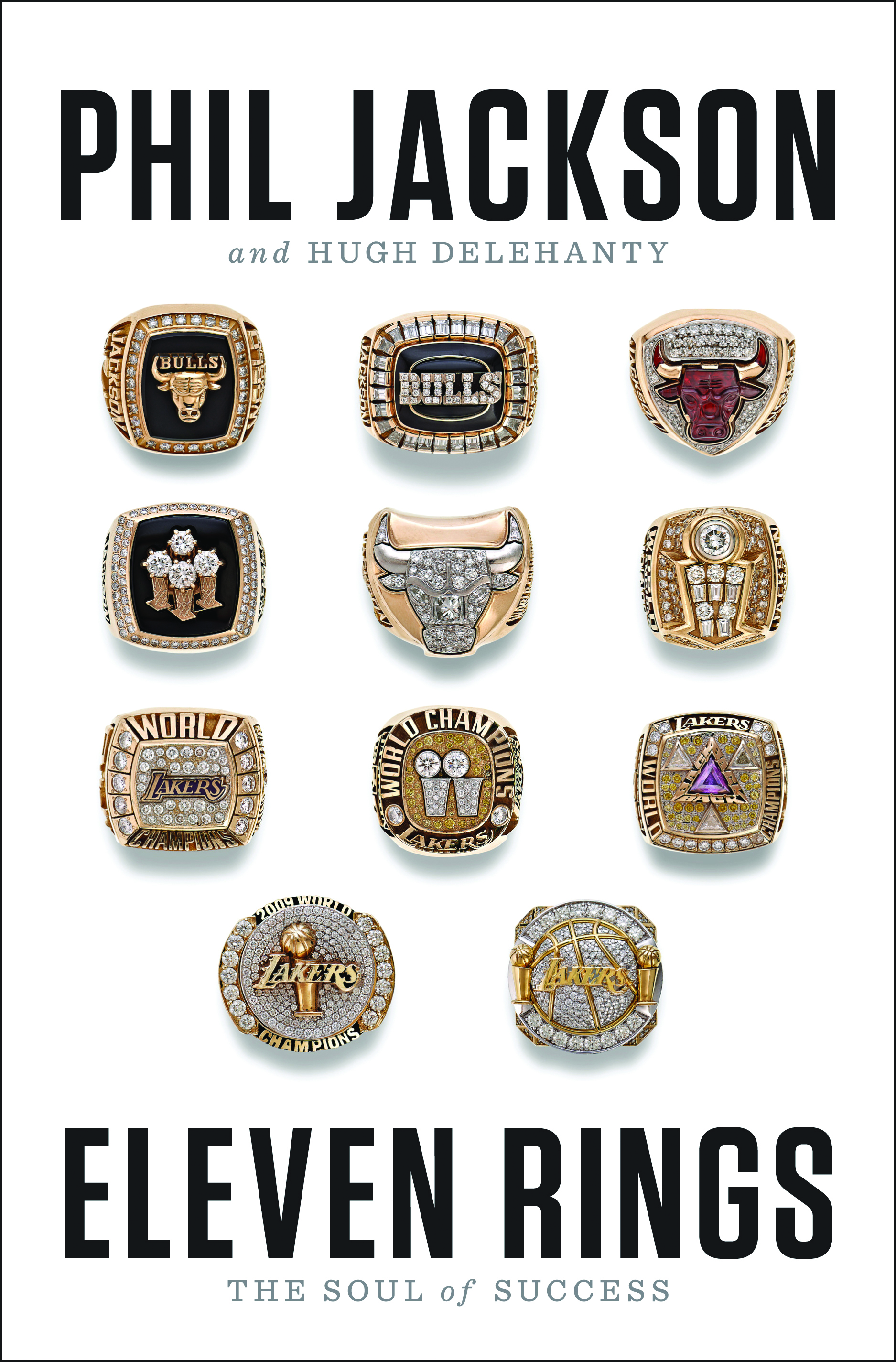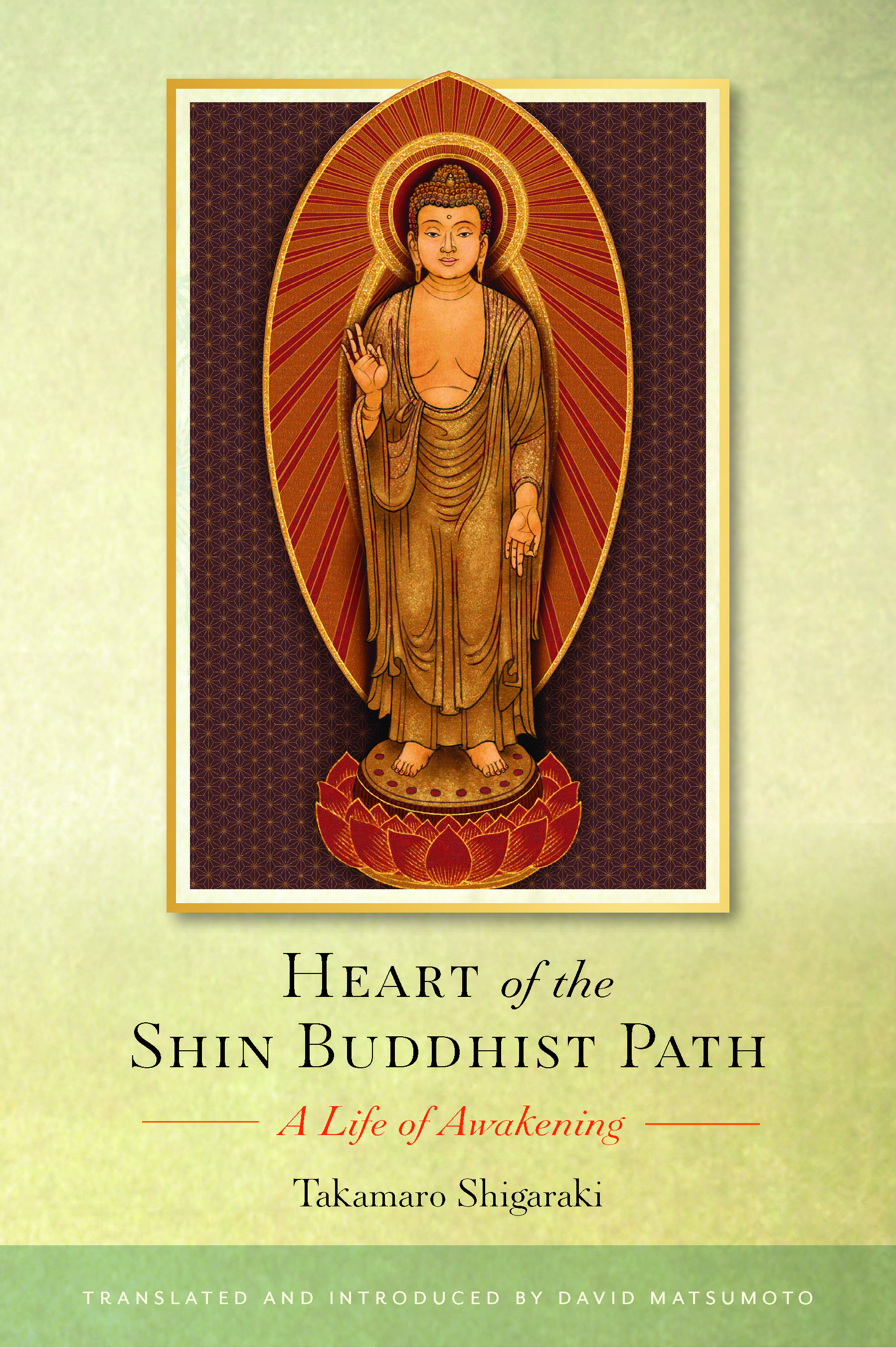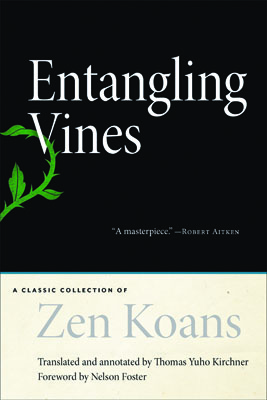 Known as the Zen Master in basketball circles, Phil Jackson parlayed his unorthodox coaching methods inspired by Eastern philosophy into a record-breaking 11 NBA championship titles (6 with the Chicago Bulls; 5 with the LA Lakers), plus 2 more he won as a forward for the NY Knicks. Now retired, Jackson takes an all-encompassing look at his 19-year coaching career in Eleven Rings: The Soul of Success (Penguin Press, May 2013, $27.95, paper, 368 pp.). With its play-by-plays of games and locker-room talks on selflessness, mindfulness, and the Noble Eightfold Path, this is the sort of beach read that Buddhist sports fans will devour. For non–basketball buffs, there’s entertainment value in Jackson’s crazy-like-a-fox strategies for infusing the notoriously egocentric and materialistic world of pro ball—and its players— with his lofty ideals. He introduces them to meditation, t’ai chi, and Native American practices, at one point invoking his take on Shunryu Suzuki’s famous teaching on controlling a cow—“give them a lot of room and encourage them to be mischievous, then watch what they do”—to focus the brilliant but ADHD-driven, eccentric Dennis Rodman. We can’t help but smile at the thought of Rodman and superstars like Michael Jordan, Kobe Bryant, and Shaquille O’Neal being assigned Pema Chödrön and Suzuki as summer reading. Shaq even wrote a report on Herman Hesse’s Siddhartha, the “gist” of which, Jackson tells us, was “This book is about a young man who has power, wealth, and women (much like me), and gives them all up to by pursue a holy life (not so much like me).” Jackson glides over his North Dakota childhood as the son of two Pentecostal preachers and his college years as a major in philosophy, psychology, and religion— subjects covered in his 1995 book, Sacred Hoops, now a modern classic— concentrating instead on the steps to becoming the winningest coach in NBA history, with a .704 average. By the end, it’s clear how much he loves the game and the players. But without a deeper exploration of Jackson’s own spiritual inquiry, some Buddhist readers might find Eleven Rings—like the design on the book jacket— just a whole lotta bling.
Known as the Zen Master in basketball circles, Phil Jackson parlayed his unorthodox coaching methods inspired by Eastern philosophy into a record-breaking 11 NBA championship titles (6 with the Chicago Bulls; 5 with the LA Lakers), plus 2 more he won as a forward for the NY Knicks. Now retired, Jackson takes an all-encompassing look at his 19-year coaching career in Eleven Rings: The Soul of Success (Penguin Press, May 2013, $27.95, paper, 368 pp.). With its play-by-plays of games and locker-room talks on selflessness, mindfulness, and the Noble Eightfold Path, this is the sort of beach read that Buddhist sports fans will devour. For non–basketball buffs, there’s entertainment value in Jackson’s crazy-like-a-fox strategies for infusing the notoriously egocentric and materialistic world of pro ball—and its players— with his lofty ideals. He introduces them to meditation, t’ai chi, and Native American practices, at one point invoking his take on Shunryu Suzuki’s famous teaching on controlling a cow—“give them a lot of room and encourage them to be mischievous, then watch what they do”—to focus the brilliant but ADHD-driven, eccentric Dennis Rodman. We can’t help but smile at the thought of Rodman and superstars like Michael Jordan, Kobe Bryant, and Shaquille O’Neal being assigned Pema Chödrön and Suzuki as summer reading. Shaq even wrote a report on Herman Hesse’s Siddhartha, the “gist” of which, Jackson tells us, was “This book is about a young man who has power, wealth, and women (much like me), and gives them all up to by pursue a holy life (not so much like me).” Jackson glides over his North Dakota childhood as the son of two Pentecostal preachers and his college years as a major in philosophy, psychology, and religion— subjects covered in his 1995 book, Sacred Hoops, now a modern classic— concentrating instead on the steps to becoming the winningest coach in NBA history, with a .704 average. By the end, it’s clear how much he loves the game and the players. But without a deeper exploration of Jackson’s own spiritual inquiry, some Buddhist readers might find Eleven Rings—like the design on the book jacket— just a whole lotta bling.
Read our 1994 interview with Phil Jackson, “The Buddha and the Bulls.”

A Hundred Thousand White Stones: An Ordinary Tibetan’s Extraordinary Journey (Wisdom Publications, June 2013, $17.95, paper, 256 pp.) is a strikingly forthright memoir by first-time author Kunsang Dolma. Born in a small village in Tibet’s Amdo region, she was raped, impregnated, and forced into a third-trimester abortion at age 15. Traumatized by the experience, she ordained as a nun before, like many Tibetans, escaping to India, a decision that separated her from her family for 12 years. Motivated not by a desire to liberate herself from the Chinese occupation—“I wasn’t exactly looking for freedom at that time; I didn’t really know what freedom was”— Kunsang Dolma makes the arduous, monthlong trek over the Himalayas to gain an audience with the Dalai Lama. “I thought seeing the Dalai Lama would be the most amazing experience possible,” she explains. “I wouldn’t regret going to India for that experience even if it meant I had to die the next day.” Though she did survive the journey and saw His Holiness, in Dharamsala she was sexually assaulted by another Tibetan refugee and gave up her robes. Eventually she met and married an American, moving with him to the U.S. But not before the couple endured a torturous, two-year odyssey through India’s government bureaucracy that reads like a real-life Catch-22, complete with nonsensical regulations, endless delays, and officials high on delusions of power.
Throughout the book, Kunsang Dolma struggles to create a home for herself in two alien cultures, Indian and American, but her longing for her life back home in Tibet is palpable. Indeed, the early chapters of A Hundred Thousand White Stones read like a primer on Tibetan culture. Even now, though a U.S. citizen, Kunsang Dolma remains steadfastly Tibetan in her outlook. “I’m sorry I don’t have any proof to show he was killed by a curse,” she writes of an uncle whose philandering landed him in trouble with an ex-girlfriend. “But that’s what happened.” Kunsang Dolma’s journey is indeed extraordinary. But sadly it is just one of countless tales of suffering, displacement, and endurance among Tibetan refugees around the world. For Westerners, one of the great lessons of the Tibetan diaspora— and women like Kunsang Dolma— is how to bear with grace and without rancor some of the most heartbreaking circumstances imaginable.

“I believe that the traditional doctrine of Shin Buddhism must be reexamined, and in its place a new teaching must be formulated,” declares Takamaro Shigaraki in Heart of the Shin Buddhist Path: A Life of Awakening (Wisdom Publications, March 2013, $16.95, paper, 184 pp.). A philosopher and one of Japan’s leading Shin scholars, Shigaraki is known for his modern, existentialist approach to Shinran’s ancient teachings. The book is his attempt to divorce Shin Buddhism from the “abstract and sectarian doctrine” of the Japanese religious establishment and reassert it as a vital, relevant path of practice for today’s spiritual seekers. Shigaraki argues against dualistic, theistic understandings of Shin, particularly in the West, that conflate Shin and Christianity, the Pure Land and Heaven, and Amida Buddha and the Judeo-Christian God. He and his translator, David Matsumoto, eschew traditional translations of Japanese words—“faith” or “belief” for shinjin, for example—that feed false impressions of Shin Buddhism as a faith-based tradition. Instead, they leave shinjin, nembutsu, and other commonly misunderstood words untranslated, relying on the text as a whole to elucidate their meanings. Shigaraki also invokes Buddhist scholars like Dogen, Nagarjuna, and D.T. Suzuki to draw parallels between Shin and non-dual Japanese Buddhist traditions, especially Zen. Shigaraki’s fresh perspective on Shinran’s teachings is bound to spark renewed interest in Pure Land Buddhism, and he takes great care to explain difficult concepts. Still, those without some grounding in Shin will likely find Heart of the Shin Buddhist Path slow going.

“Whoever originally applied the phrase ‘entangling vines’ to koans undoubtedly deserves a prize for Truth in Advertising (Medieval Chinese Division),” writes Zen teacher Nelson Foster in the introduction to Entangling Vines: A Classic Collection of Zen Koans (Wisdom Publications, April 2013, $28.95, cloth, 352 pp.). Thomas Yuho Kirchner, an ordained Rinzai monk, temple priest, and longtime translator and scholarly researcher, translated this edition of the 17th-century compilation known as the Shumon Kattoshu (published in Japan in 2004). Although this collection is one of the four that form the basis of Rinzai koan study and is well-known in Japanese monastic circles, it is almost unheard of in the West: the cryptic Chinese of the original and the conspicuous lack of commentaries on the text pose a serious challenge to potential translators. Zen adepts familiar with essential koan texts like The Blue Cliff Record and The Gateless Gate will recognize many of the cases in Entangling Vines: 99 of the 282 appear in other works. Kirchner lets the koans stand (almost) by themselves. Along with no commentaries there are no introductions to the cases, only lengthy footnotes— sometimes longer than the cases themselves— identifying names and supplying explanations for things lost in the gap between Asian and Western culture. A “dry piece of shit,” for example, refers to the bamboo stick used in place of toilet paper in ancient China. Stripped bare, the cases in the Shumon Kattoshu are famously enigmatic, even by koan standards. But readers can’t say Foster didn’t warn them: “Entangling Vines is a magnificent book, subject to serious and consequential misuse. If you feel drawn to investigation of koans, get yourself a reliable guide.” By that we presume he means a teacher, maybe someone like himself.
Thank you for subscribing to Tricycle! As a nonprofit, we depend on readers like you to keep Buddhist teachings and practices widely available.